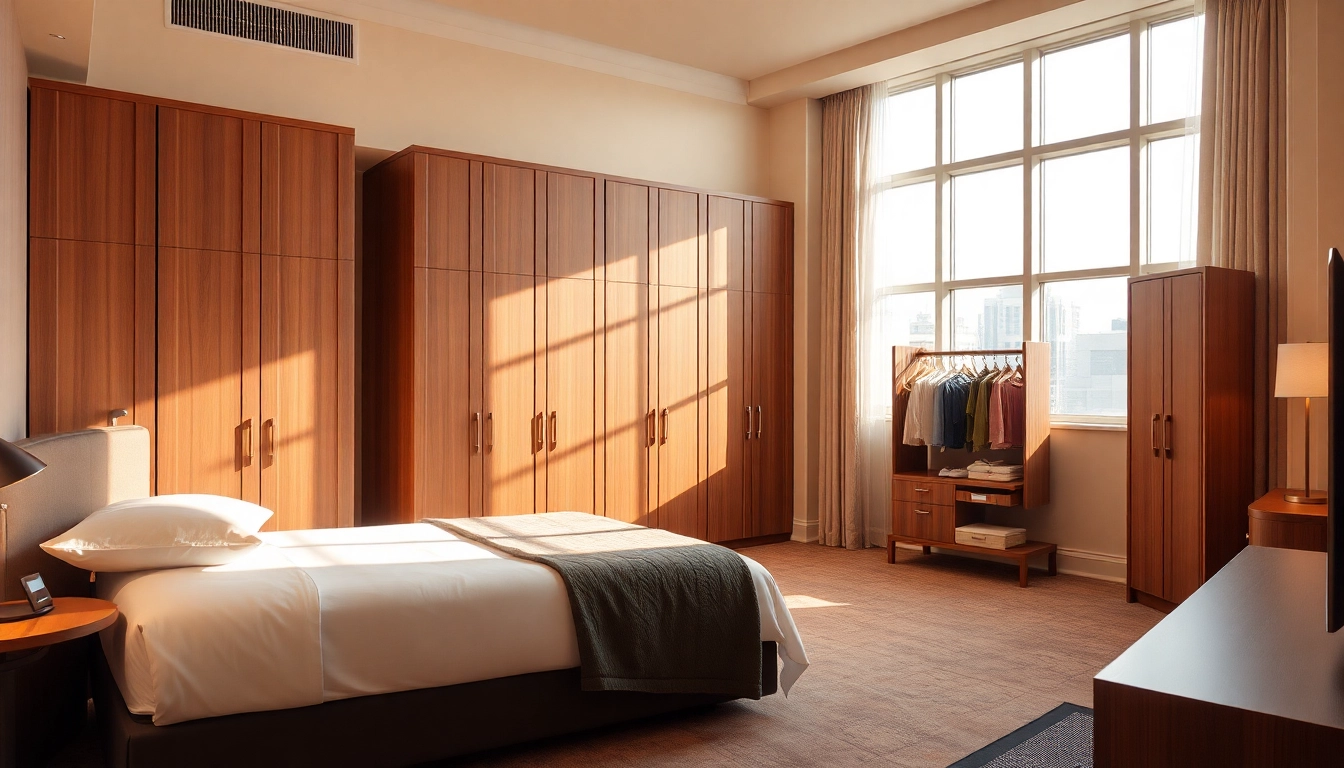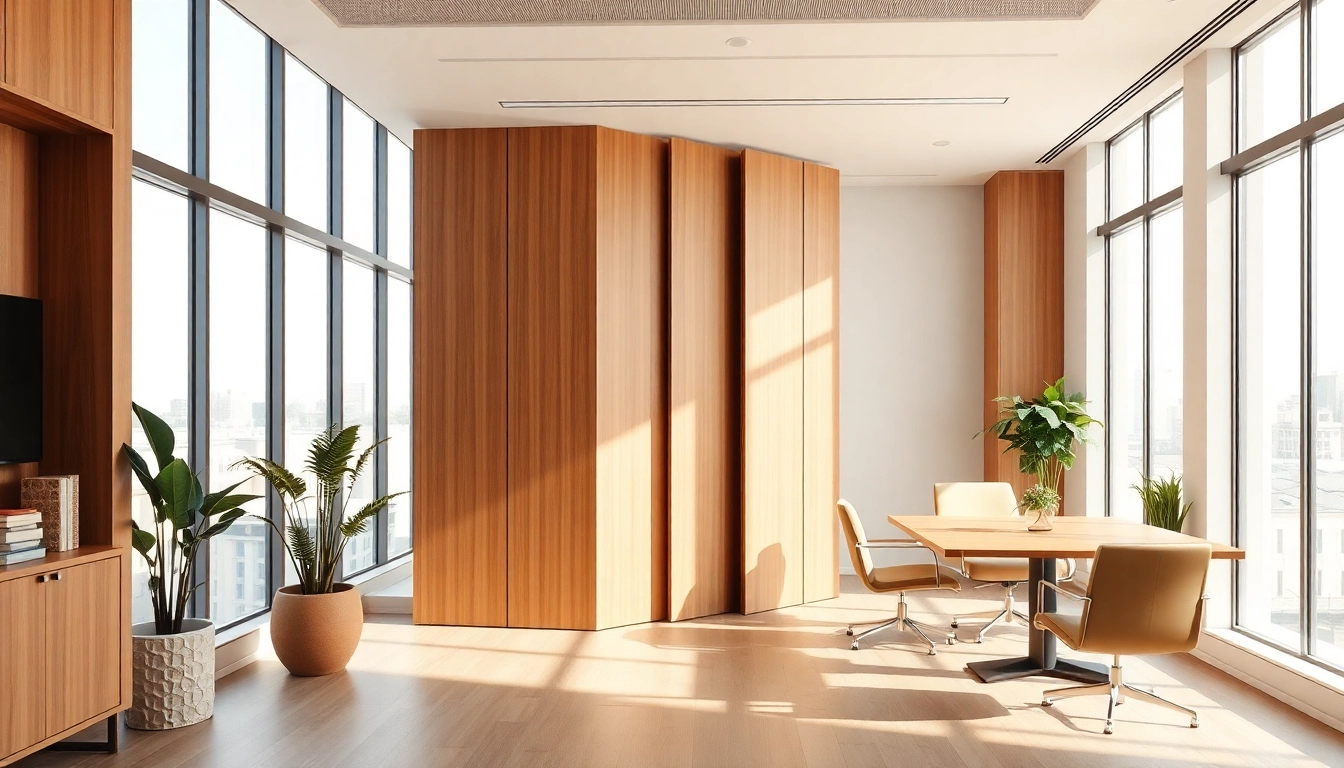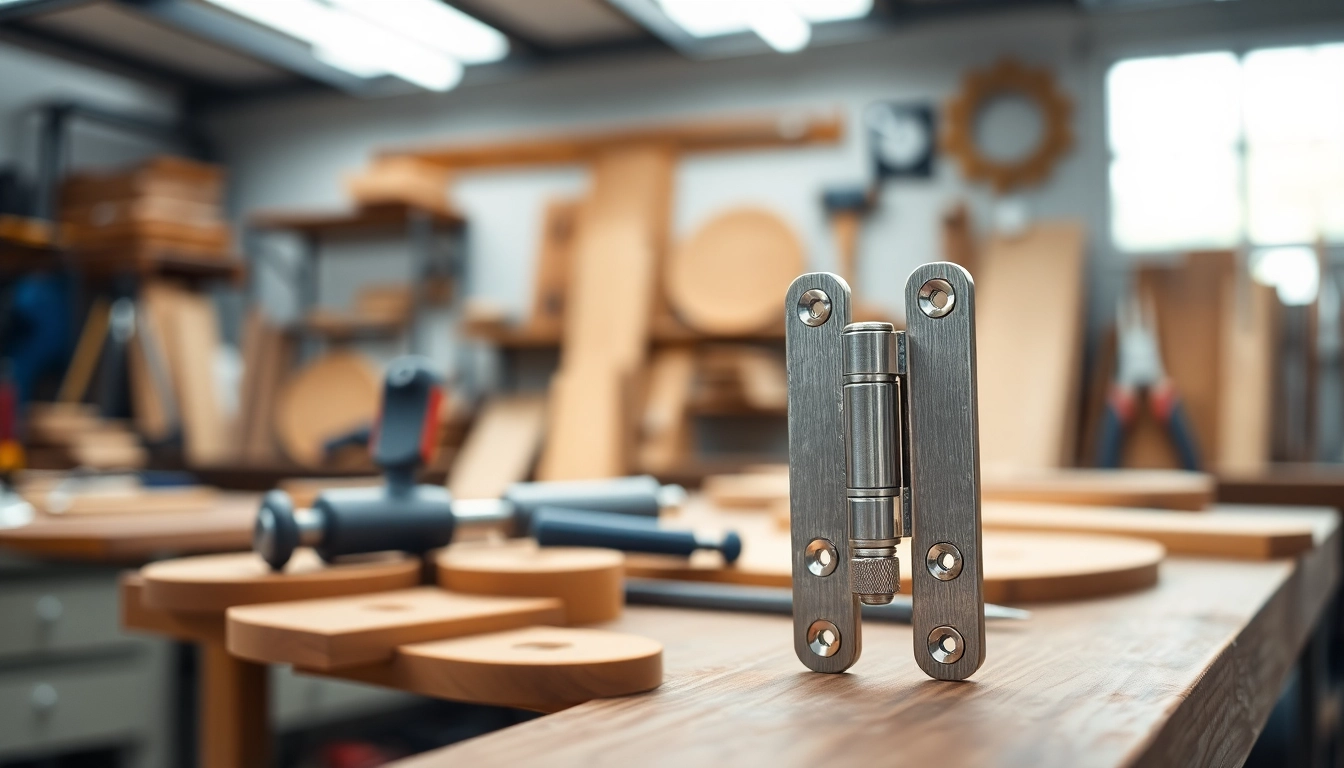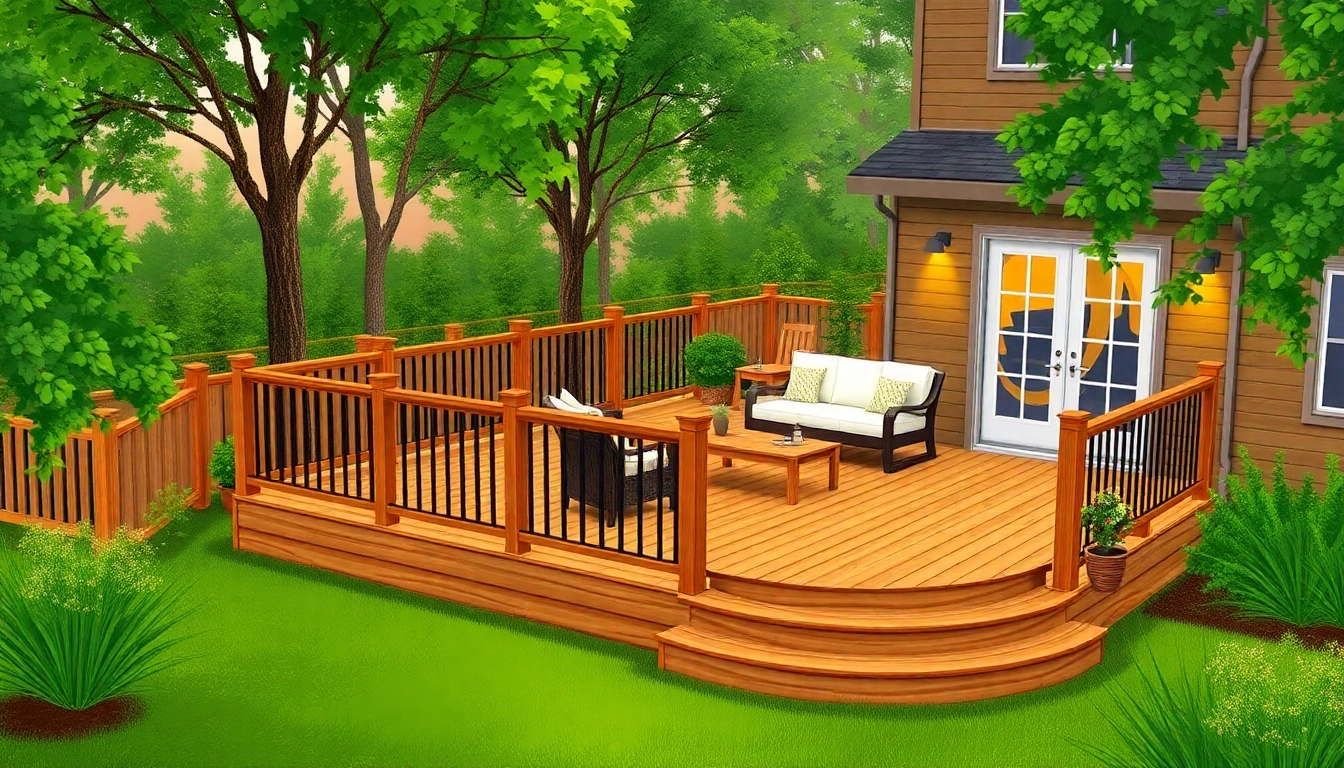1. Understanding Hotel Room Wardrobes
When it comes to hotel room design, one essential element that often goes unnoticed is the wardrobe. A hotel room wardrobe is more than just a furniture piece; it plays a crucial role in enhancing the guest experience by providing functionality and style. This article dives into the types, designs, and importance of hotel room wardrobes and how to choose and maintain them.
1.1 The Purpose of Wardrobes in Hotel Rooms
The primary purpose of wardrobes in hotel rooms is to offer storage solutions for guests. Regardless of the duration of their stay, guests need a designated space for their clothing, luggage, and personal items. By ensuring that guests have adequate storage, hotels can enhance their comfort and overall experience. In addition to functional utility, wardrobes also serve as a significant design element, impacting the aesthetics of the room.
1.2 Different Types of Hotel Room Wardrobes
Hotel room wardrobes come in various styles and configurations, catering to the diverse needs of users. The following are some common types:
- Built-in Wardrobes: Often customized to fit the dimensions of the room, built-in wardrobes seamlessly integrate with the space and can maximize storage.
- Freestanding Wardrobes: These are versatile solutions that can be placed in various locations within the room. They can be moved or replaced easily, offering flexibility.
- Wardrobe with Sliding Doors: Ideal for smaller spaces, sliding door wardrobes eliminate the need for clearance space when opening doors and provide a sleek appearance.
- Open Wardrobes: Trending in boutique hotels, open wardrobes can create a modern aesthetic while allowing guests to easily find their belongings.
1.3 Key Features of Modern Hotel Wardrobes
Modern hotel wardrobes are designed with various features that enhance functionality and aesthetics. Key features include:
- Integrated Lighting: Many contemporary wardrobes come with built-in lighting, which not only helps in locating items but also enhances the overall ambiance of the room.
- Multifunctionality: Some wardrobes now include compartments or shelves for lighting appliances, luggage racks, and even mini-bars.
- Sustainable Materials: Eco-friendly materials are increasingly being used in the manufacturing of hotel wardrobes, catering to the growing demand for environmentally responsible products.
- Technology Integration: Advanced wardrobes may feature smart technology, such as charging ports and Bluetooth speakers, to cater to the digital needs of modern travelers.
2. Choosing the Right Wardrobe for Your Hotel
Selecting the right wardrobe for your hotel is crucial for optimizing both guest satisfaction and room functionality. Several factors come into play when making this decision.
2.1 Design Considerations for Hotel Wardrobes
When designing wardrobes for hotel rooms, several design elements should be taken into account:
- Aesthetic Appeal: The wardrobe design should complement the overall theme of the hotel. For luxury hotels, elegant wood finishes and intricate designs may be appropriate, while budget establishments might opt for minimalist styles.
- Size and Proportion: The size of the wardrobes should match the room size to avoid overwhelming the space or appearing insufficient.
- Accessibility: The wardrobe’s layout must allow for easy access to guests’ belongings, ensuring that drawers and hanging spaces are conveniently positioned.
2.2 Space Management: Maximizing Storage in Compact Rooms
As hotel space can often be at a premium, effective space management is vital. Here are strategies to maximize storage:
- Compact Designs: Choose wardrobes that utilize vertical space, incorporating shelves and hooks for additional storage without taking up much floor space.
- Multi-Level Storage: Utilize a multi-tiered approach to create different storage levels for shoes, bags, and folded items.
- Integrated Furniture: Consider pieces that combine wardrobe functionalities with other furniture, like beds with under-storage facilities or integrated seating.
2.3 Materials and Finishes: Balancing Durability and Aesthetics
Selecting the right materials for wardrobes is crucial for both aesthetics and longevity. Here are some common materials and factors to consider:
- Wood: Traditional wooden wardrobes offer a classic look but require maintenance to prevent wear. Plywood and MDF (Medium-Density Fiberboard) are also common alternatives that can be finished to mimic wood.
- Metal: Metal wardrobes provide a modern, industrial look and are robust. They are often more resistant to damage and easier to clean.
- Sustainable Options: Sustainable materials, such as reclaimed wood or bamboo, are increasingly in demand for eco-conscious establishments.
3. Customization Options for Hotel Wardrobes
Customization is essential in ensuring that wardrobes meet the specific needs of various hotels and their guests. Options include:
3.1 Tailoring Wardrobes to Fit Hotel Themes
Wardrobes can be designed to reflect the character of the hotel. For instance:
- Luxury hotels may opt for opulent finishes, such as lacquer or velvet interiors, with decorative embellishments.
- Beach resorts might prefer lighter woods or distressed finishes that resonate with a tropical vibe.
- Urban hotels could integrate sleek, minimalist designs with metal finishes to match the contemporary aesthetics of city life.
3.2 Incorporating Technology into Wardrobe Designs
Technology is revolutionizing the way hotel wardrobes are designed. Modern wardrobes can include:
- IoT Integration: Smart wardrobes that can communicate with guest mobile devices for additional conveniences.
- Automatic Lighting: Wardrobes that light up when doors are opened, improving visibility and user experience.
- Smart Charging Stations: Integrations that allow guests to charge devices while keeping them stored away safely.
3.3 Unique Features to Enhance Guest Convenience
To elevate guest convenience further, consider implementing unique features such as:
- Pull-Out Hooks: Extra hooks that can be pulled out for clothing or bags when necessary but stored away when not in use.
- Integrated Luggage Racks: Racks that can be hidden or built into the wardrobe design, providing functionality without crowding the space.
- Mirror Integration: Wardrobes that include mirrors on their doors or inside offer utility for guests while ensuring space efficiency.
4. Maintenance and Care for Hotel Room Wardrobes
Proper maintenance of hotel room wardrobes is integral to prolonging their life and ensuring they remain aesthetically pleasing. Implementing best practices can help in maintaining the quality of wardrobes.
4.1 Best Practices for Keeping Wardrobes in Top Condition
Regular maintenance routines can help preserve the integrity of hotel wardrobes:
- Regular Cleaning: Establish a scheduled cleaning policy that includes dusting, polishing, and checking for repairs. Cleaning agents should be appropriate for the materials used.
- Small Repairs: Promptly perform small repairs and touch-ups to prevent minor damages from escalating.
- Assessing Usage: Continuously monitor wear and tear based on usage and arrange periodic inspections to catch potential problems early.
4.2 Handling Guest Wear and Tear
Guests can be hard on wardrobes, making damage inevitable over time. Here are some tips for effective damage control:
- Educating Staff: Train staff to identify and promptly report damages or unusual wear, so issues can be handled before they require major repairs.
- Guest Feedback: Encourage guest feedback specifically about storage solutions, using insights to guide improvements and necessary refurbishing.
- Quality Materials: Invest in high-quality materials that are effective against damage, including scratch-resistant finishes and sturdy hinges.
4.3 Seasonal Upgrades and Renovations
Regular upgrades or renovations of wardrobes can keep a hotel’s aesthetic fresh:
- Annual Review: Conduct an annual review of all guest furniture and plan for seasonal upgrades based on guest trends and preferences.
- Themed Renovations: Align wardrobe renovations with broader shifts in hotel decor, ensuring that wardrobes reflect the current design vision.
- Modernization: Incorporate contemporary design elements and technologies over time to keep the wardrobes up-to-date.
5. Future Trends in Hotel Room Wardrobe Design
As design trends evolve, so too do wardrobes in hotel rooms. It’s important to stay informed about emerging trends that could shape the future of hotel wardrobes.
5.1 Sustainable Materials and Eco-Friendly Designs
The hospitality industry is increasingly focusing on sustainability. Some future trends may include:
- Recycled Materials: Using reclaimed or recycled materials will not only reduce waste but will also appeal to eco-conscious customers.
- Bamboo and Alternative Woods: BAMBOO gains traction due to its renewability, as well as its strength and aesthetic appeal.
- Energy-Efficient Solutions: Integrating energy-efficient designs and materials aligns the hotel’s green policy with customer satisfaction.
5.2 Emerging Styles: Blending Functionality with Fashion
Modern homeowners and hotels alike are favoring a blend of functionality and style. Some trends in wardrobe design include:
- Minimalism: Sleek designs with clean lines that provide storage without overwhelming the space are gaining popularity.
- Customization: Tailoring wardrobes based on guest profiles or specific use cases can enhance both functionality and style.
- Smart Solutions: Incorporating IoT technology for increased convenience and contemporary styling adds to guest appeal.
5.3 The Role of Wardrobes in Enhancing the Guest Experience
Ultimately, the design and functionality of hotel room wardrobes play a key role in enhancing the guest experience:
- Comfort and Convenience: A well-designed wardrobe facilitates easy access to guest belongings and reduces clutter, allowing for a stress-free experience.
- Aesthetic Value: Well-crafted wardrobes contribute significantly to the overall room aesthetics, enhancing the pleasure and comfort for guests.
- Brand Reflection: A hotel’s choice of wardrobe design can reflect its overall brand message, also impacting guest perceptions positively.



